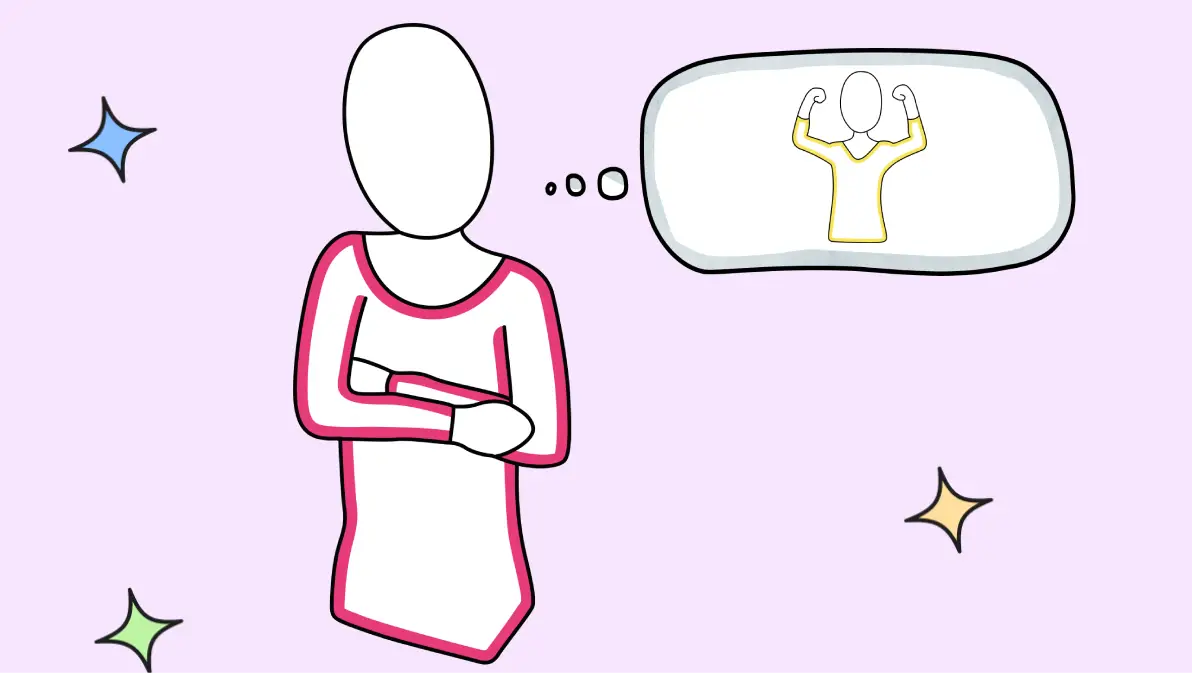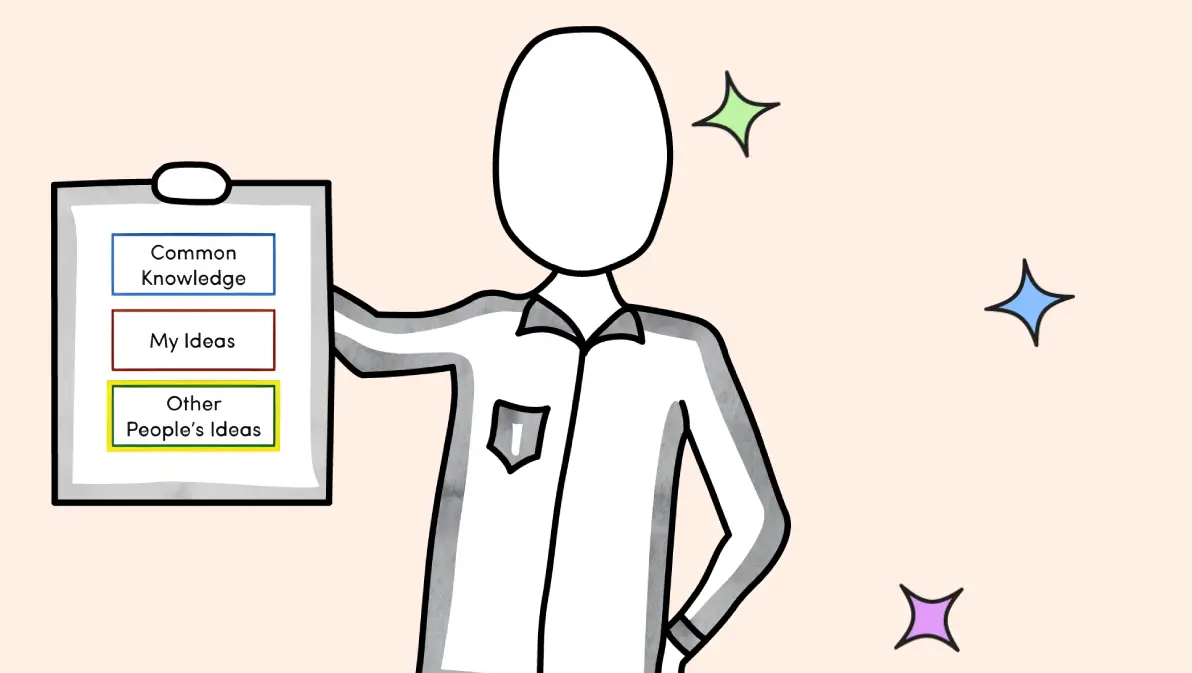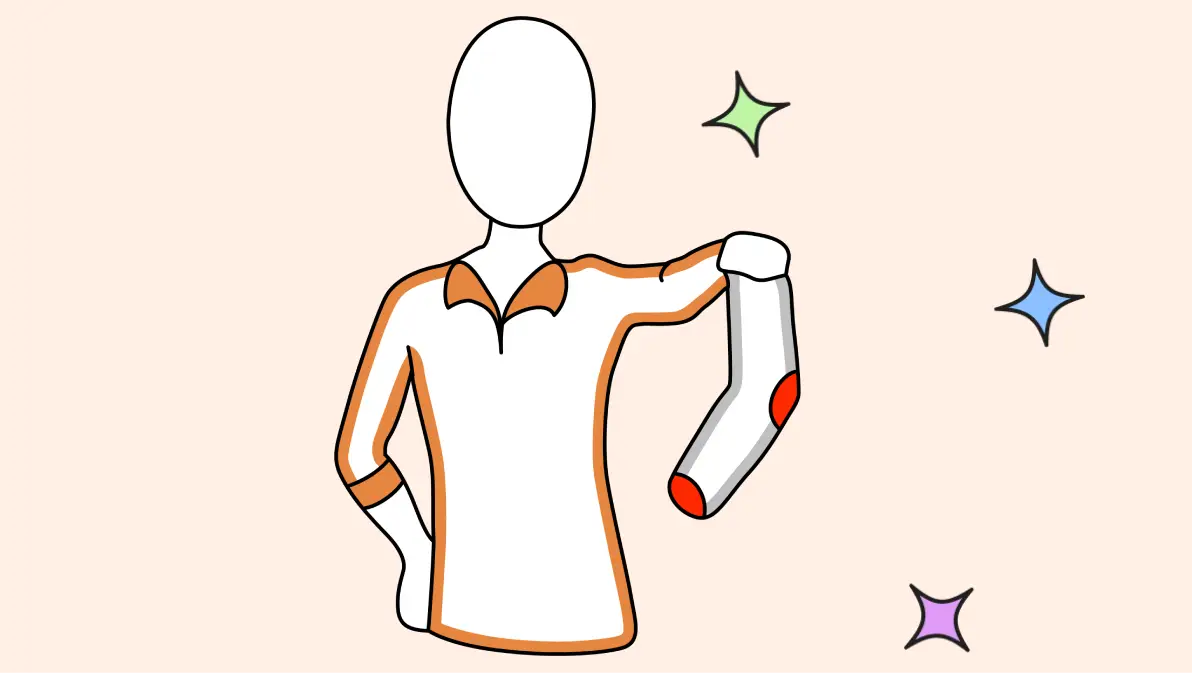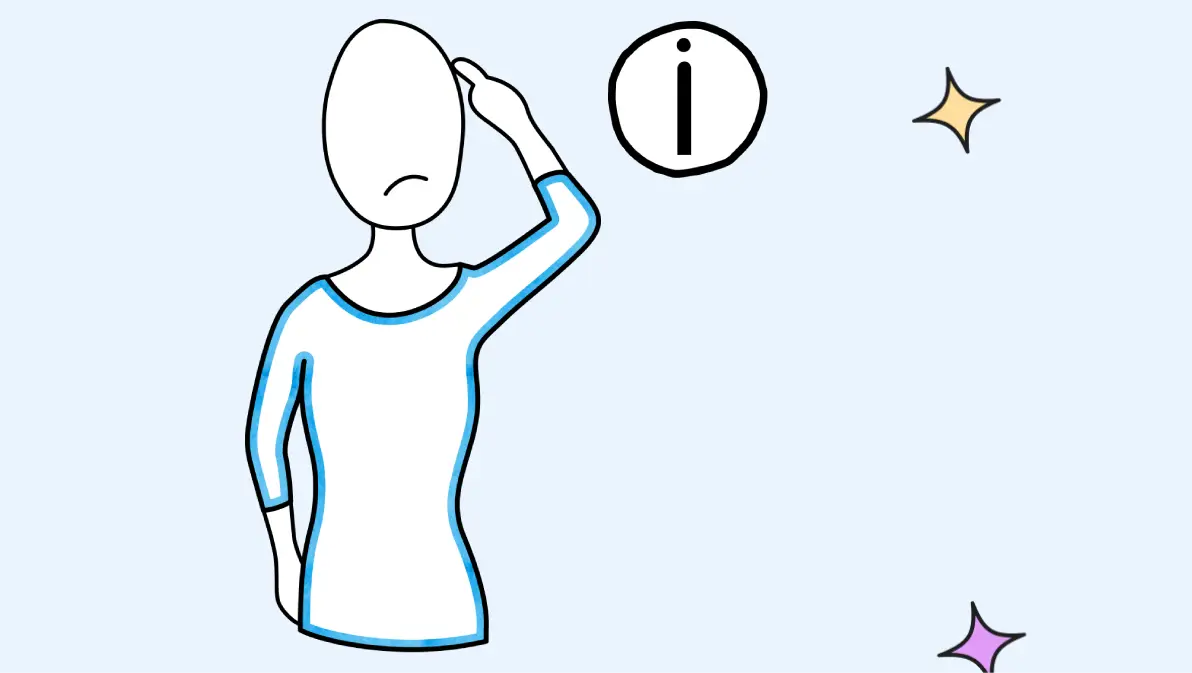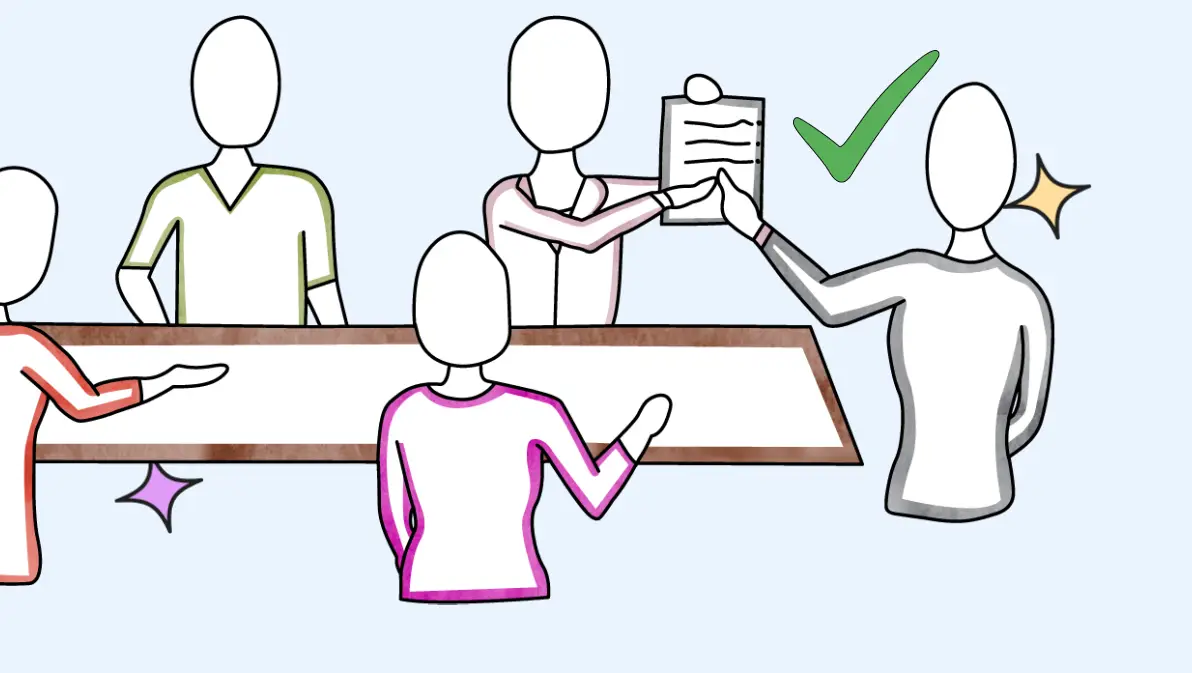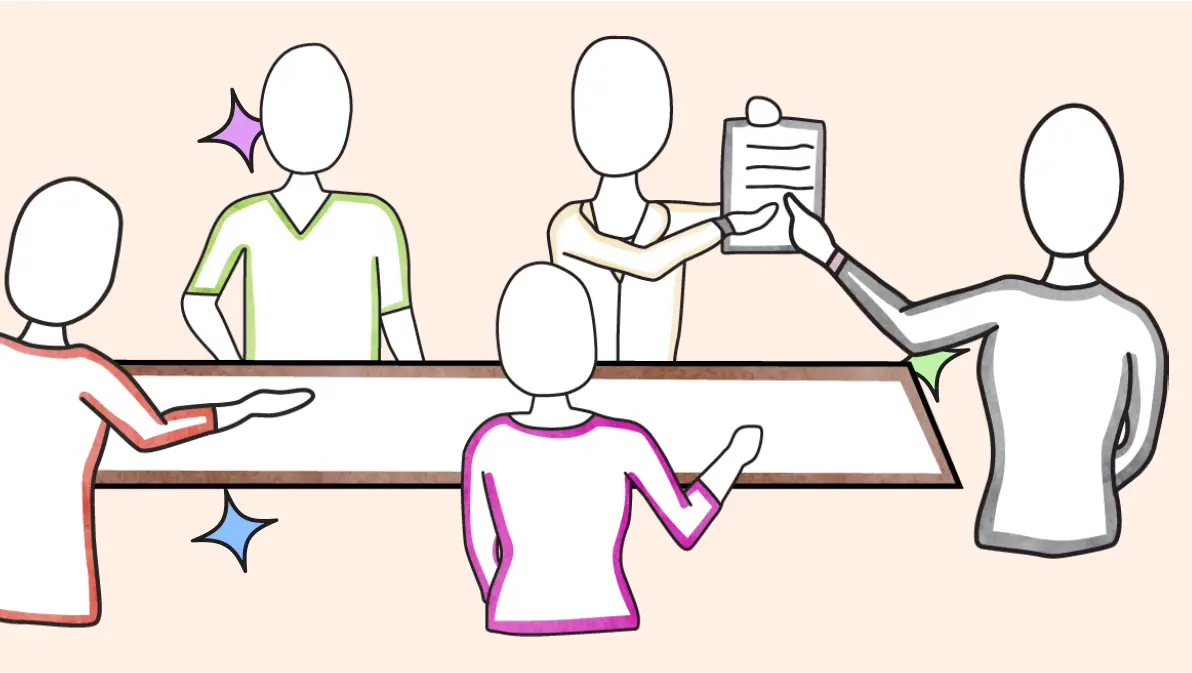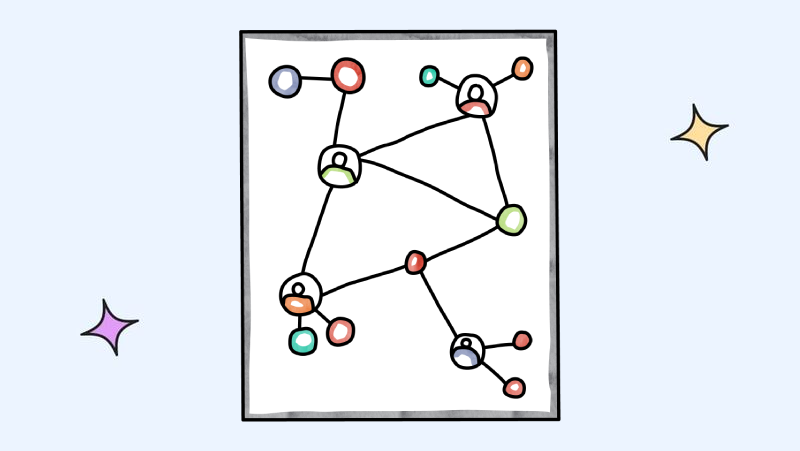Big ideas, simply explained.
Making your ideas, products and services easier to understand.

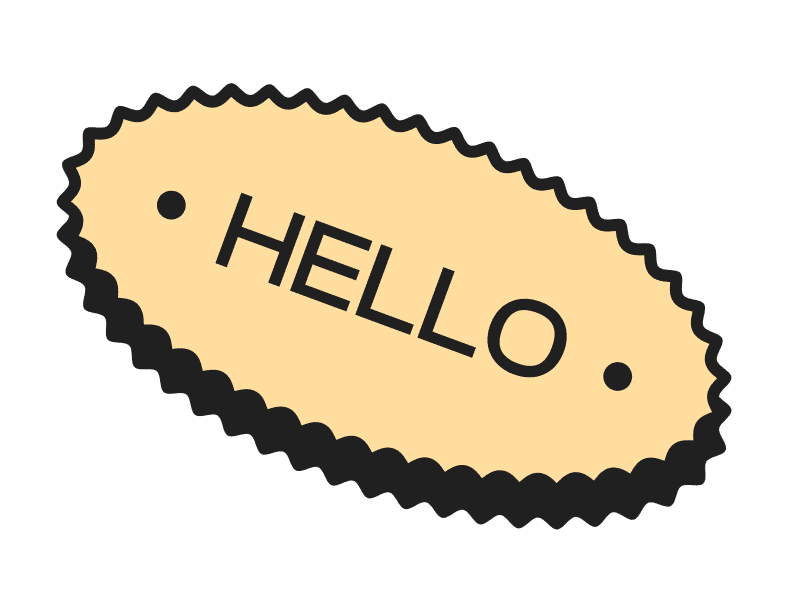


I'm Andy.
I'm a learning designer and corporate training specialist who turns learning science into real business impact.
My approach blends microlearning, a flexible instructional design framework built for corporate performance, and practical problem-solving strategies to create learner-centered experiences that directly support business outcomes.
Performance-Driven Design
From analysis to reporting, every phase of my instructional design process is rooted in evidence-based models and aligned with real business needs. These core features ensure that learning isn't just well-designed—it drives performance, supports behavior change, and delivers results that matter.

Analysis
Comprehensive needs analysis across five dimensions: learner, task, instructional, environmental, and technical.

Design
Translates research into practical solutions using models like ADDIE, SAM, Dick & Carey, UbD, and the 7Es.

Alignment
Course objectives map to Bloom-level outcomes, with every lesson structured around the 7Es for real-world application.

Measurement
Combines Kirkpatrick's four levels with business KPIs to track satisfaction, knowledge, behavior, and impact.

Reporting
Uses learning analytics to connect training activities with behavior change and measurable performance outcomes.
Learn More
Explore the full methodology behind the framework and see how it's applied across real-world learning projects.
View FrameworkPerformance Discrepancy
Identify the gap between expected outcomes and current performance through comprehensive needs, learner, task, instructional, environmental, and technical analysis.
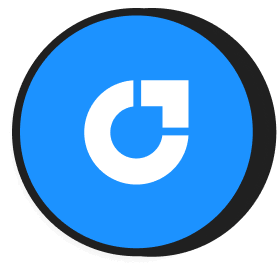
Cognitive Load
Apply evidence-based instructional design models by mapping business needs and scaffolding learning to meet institutional, program, and course-level outcomes.

Sequencing Design
Align course outcomes with module-level objectives and lesson content to ensure every activity, resource, and assessment directly supports measurable learning goals.

Business Impact
Use four levels of evaluation to measure reaction, learning, behavior, and results, assessing training effectiveness and connecting learning outcomes to business performance and specific KPIs.
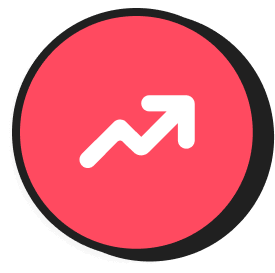

Clarity. Confidence. Direction.
Great learning starts with thoughtful questions. These are the ones clients often ask—and the ones that shape every step of the process. From analysis to measurement, each answer reflects a strategy designed to turn training into performance.
How do you start?
With a structured analysis—identifying gaps between desired performance and current capability across learner, task, and business needs.
What guides your design?
A flexible instructional framework grounded in real outcomes, cognitive load principles, and aligned objectives that lead to measurable progress.
How do you measure?
By tracking results at four levels: learner reaction, knowledge gained, behavior change, and impact on business performance.
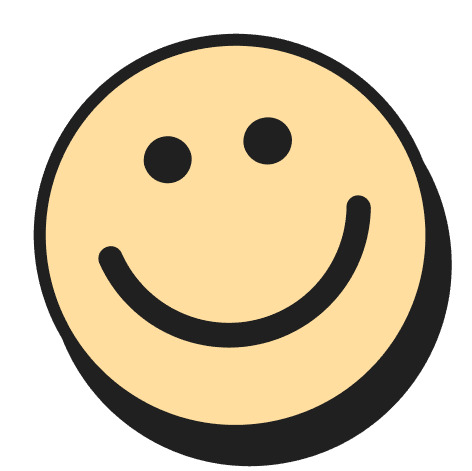


Ideas, producst and services, easier to understand.
A collection of handcrafted video lessons designed to simplify ideas, tell stories, and spark curiosity. No noise, no gimmicks — just clear, visual explanations people remember.













